Understanding Blood Alcohol Level Ontario Limits
Did you know that impaired driving is a serious issue in Ontario? With strict drunk driving laws and severe consequences, it’s crucial to understand the blood alcohol level Ontario limits to ensure responsible and safe driving.
The legal blood alcohol concentration (BAC) limit in Ontario is 0.08% for fully licensed drivers. However, even falling within the “warn range” of 0.05% to 0.079% can have penalties. Young and novice drivers, including those aged 21 and under, have a zero-tolerance policy and are prohibited from having any alcohol in their system while driving.
Impaired driving can lead to severe consequences, including fines, license suspension, mandatory education or treatment programs, vehicle impoundment, and even jail time. It’s not worth the risk. Let’s dive deeper into the impact of alcohol on driving, BAC testing and detection, penalties for impaired driving, alcohol limits for different types of drivers, estimating alcohol consumption and safe driving, steps to take when charged with impaired driving, and the shocking statistics surrounding impaired driving in Ontario.
Key Takeaways:
- Ontario has a legal blood alcohol concentration (BAC) limit of 0.08% for fully licensed drivers.
- Young and novice drivers, including those aged 21 and under, are prohibited from having any alcohol in their system while driving.
- Impaired driving can result in severe consequences, including fines, license suspension, mandatory education or treatment programs, vehicle impoundment, and even jail time.
- Alcohol significantly impairs a person’s ability to drive safely, even with a BAC below the legal limit.
- Law enforcement agencies use breathalyzer tests and blood tests to detect impaired drivers.
The Impact of Alcohol on Driving
Alcohol can significantly impair a person’s ability to drive safely. When alcohol is consumed, it affects various functions of the body, including vision, attention, and reflexes. In Ontario, the legal blood alcohol limit is 0.08% for fully licensed drivers. Exceeding this limit or falling within the “warn range” of 0.05% to 0.079% can result in impaired driving penalties.
It is important to note that even with a blood alcohol level (BAC) below the legal limit, alcohol can still impair driving abilities and increase the risk of accidents. Responsible drinking practices and avoiding alcohol altogether before driving are crucial to ensure the safety of oneself and others on the road.

In order to understand the impact of alcohol on driving, let’s take a closer look at some of the effects it has on the body:
- Vision: Alcohol affects depth perception, peripheral vision, and the ability to focus, making it difficult to judge distances and react to changing road conditions.
- Attention: Alcohol impairs concentration and slows down reaction times, making it harder to process and respond to information while driving.
- Reflexes: Alcohol affects motor skills and coordination, leading to slower reaction times and decreased ability to control a vehicle.
It is important to keep in mind that alcohol affects each individual differently, and even small amounts can impair driving abilities. It is always best to err on the side of caution and avoid driving after consuming alcohol.
By prioritizing responsible drinking practices and making safe choices, we can all contribute to safer roads and a more secure driving environment.
| Blood Alcohol Level (BAC) | Driving Ability | Penalties |
|---|---|---|
| Less than 0.05% | Some impairment | No immediate penalties, but driving abilities still affected |
| 0.05% – 0.079% | Impaired | Possible penalties, including license suspension, fines, mandatory education programs |
| Above 0.08% | Significantly impaired | Immediate license suspension, vehicle impoundment, fines, mandatory education programs |
BAC Testing and Detection
Law enforcement agencies in Ontario have various tools and tests to detect impaired drivers. The most common method is the use of breathalyzer tests, which measure the alcohol content in a person’s breath to determine their BAC. Blood tests, which provide the most accurate BAC measurement, are also used, particularly in cases where breathalyzer results are disputed.
Police officers have the authority to request BAC testing if they suspect a driver may be impaired. Refusing a breathalyzer or blood test in Ontario can result in legal consequences, including license suspension and fines. It is important to comply with BAC testing procedures when requested by law enforcement.
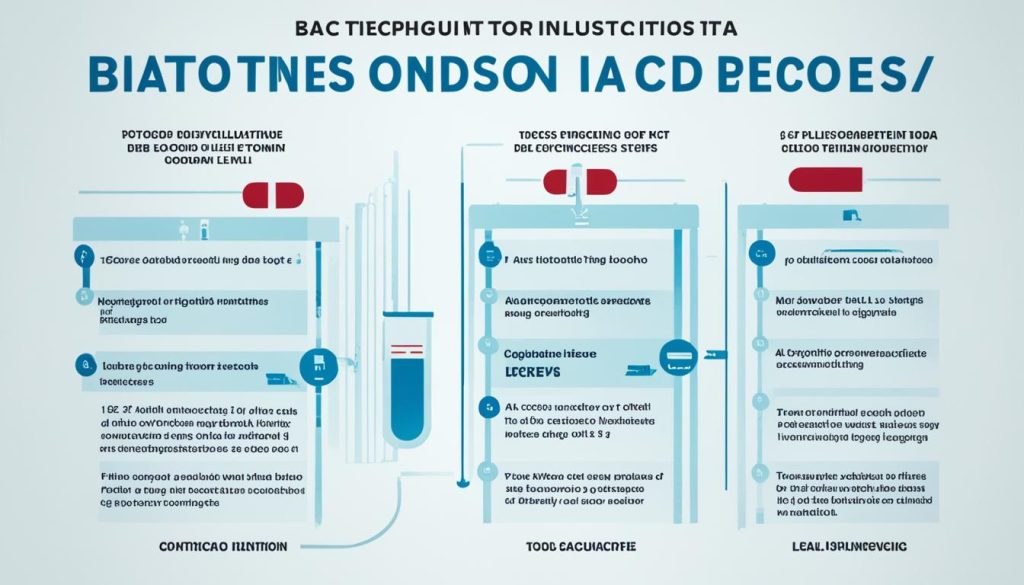
| Testing Method | Accuracy | Procedure |
|---|---|---|
| Breathalyzer Tests | High | Driver breathes into a device that analyzes the alcohol content in their breath. |
| Blood Tests | Highest | A blood sample is taken and analyzed to determine the precise BAC level. |
Penalties for Impaired Driving
When it comes to impaired driving in Ontario, the consequences can be severe. The penalties for impaired driving vary depending on several factors, including the driver’s age, license type, blood alcohol concentration (BAC) level, and prior convictions. Understanding these penalties is crucial to prevent the potential impact on one’s life.
For drivers falling within the “warn range” of 0.05% to 0.079% BAC, penalties can include immediate license suspensions ranging from 3 days to 30 days, fines, and enrollment in education or treatment programs.
However, drivers with a BAC of 0.08% or higher face even harsher penalties. This includes immediate roadside license suspensions, vehicle impoundment, fines, and mandatory education or treatment programs.
Repeat offenders and those convicted of impaired driving in court can face additional fines, longer license suspensions, mandatory ignition interlock device use, and even lifetime license suspensions. The penalties for impaired driving increase significantly with each offense, emphasizing the importance of responsible and safe driving practices.
Impaired Driving Penalties in Ontario
| Offense | Penalties |
|---|---|
| Warn Range BAC (0.05% – 0.079%) |
|
| BAC of 0.08% or higher |
|
| Repeat Offenders or Convicted in Court |
|
Understanding the severe consequences of impaired driving and the potential impact on one’s life highlights the importance of responsible decision-making and safe driving practices. By choosing not to drive under the influence, we can contribute to safer roads and healthier communities.
Alcohol Limits for Different Types of Drivers
Understanding the alcohol limits set for different types of drivers in Ontario is essential for responsible and legal driving. Let’s explore the specific alcohol limits based on various license types:
| License Type | Alcohol Limit |
|---|---|
| Fully Licensed Drivers (G License) | 0.08% |
| G1, G2, M1, and M2 Drivers | Zero Tolerance (No alcohol allowed) |
| Drivers Aged 21 and Under | Zero Tolerance (No alcohol allowed) |
| Commercial Vehicle Drivers | Zero Tolerance (No alcohol allowed) |
| Operators of Road-Building Machines | Zero Tolerance (No alcohol allowed) |
It is vital for all drivers to be aware of their license type and the corresponding alcohol limit to ensure compliance with the law. Adhering to these limits is crucial to promote road safety and prevent the devastating consequences of impaired driving.
Estimating Alcohol Consumption and Safe Driving
Estimating the exact number of alcoholic drinks a person can consume and still drive legally in Ontario is complex due to individual factors and variations in alcohol metabolism. However, it is important to note that even with a blood alcohol level below the legal limit, alcohol can still impair driving abilities. It is best to err on the side of caution and consume alcohol responsibly, staying well below the legal limit.
The concept of a “standard drink” can help individuals estimate their alcohol consumption. A standard drink is equivalent to approximately 17.05 milliliters or 13.45 grams of pure alcohol, and it can vary depending on the specific beverage. To ensure safe driving, it is advisable to plan for alternate transportation or arrange for a designated driver if alcohol has been consumed.
| Beverage | Approximate Alcohol Content |
|---|---|
| Beer (Regular, 5% ABV) | 355 ml |
| Wine (Red or White, 12% ABV) | 142 ml |
| Liquor (40% ABV) | 43 ml |
| Coolers (5% ABV) | 355 ml |
Steps to Take when Charged with Impaired Driving
If you find yourself facing impaired driving charges in Ontario, it is crucial to take specific steps to protect your rights and navigate the legal process effectively. By following these steps, you can ensure that you are proceeding in a responsible and informed manner:
- Comply with law enforcement: It is important to cooperate with the police officers during the arrest and provide the necessary information.
- Invoke the right to remain silent: Once you have provided the required identification information to law enforcement, exercise your right to remain silent. Avoid making any statements that could be used against you.
- Request legal representation: As soon as possible, consult with a skilled DUI lawyer who specializes in impaired driving cases. They will provide you with the necessary legal advice and representation.
- Avoid self-incrimination: It is crucial to be cautious about discussing your case with anyone other than your lawyer. This includes refraining from posting about the incident on social media or discussing it with friends or family members.
- Comply with arrest procedures: Adhere to any conditions or restrictions placed on you as a result of the impaired driving charge. Failure to comply with these conditions can have severe consequences.
- Seek the assistance of a DUI lawyer: A knowledgeable DUI lawyer will guide you through the legal proceedings, help build a strong defense, and advocate for your rights. They will work diligently to achieve the best possible outcome for your case.
Remember, having proper legal representation is crucial when facing impaired driving charges. A skilled DUI lawyer will protect your rights, provide you with expert legal advice, and navigate the legal system on your behalf.
Impaired Driving Statistics and Consequences
Impaired driving remains a pressing issue in Ontario, with alarming statistics revealing that one-third of convicted individuals repeat the offense. This highlights the urgent need for stricter measures and increased awareness to combat this dangerous behavior.
The consequences of impaired driving can be severe, leaving a lasting impact on both the individuals involved and the broader community. Convictions for impaired driving can result in significant financial repercussions, including substantial increases in auto insurance premiums and potential fines. These financial burdens can have long-lasting effects, affecting individuals and their families.
It is important to understand that the effects of alcohol do not dissipate immediately. Even after consuming alcohol, the body takes time to detoxify, and its influence can persist for hours. This means that impaired driving is not only risky but also illegal, even if you feel your alcohol consumption was moderate or that you are in control. Understanding the risks and consequences associated with impaired driving is crucial in making responsible choices when it comes to alcohol consumption and driving. By prioritizing safety and avoiding impaired driving, we can all contribute to safer roads and healthier communities.
- Canada Arrest Protocol: What Police Say Upon Arrest - June 12, 2025
- Can Police Disclose Who Reported You? Find Out Here - June 6, 2025
- 2025 Window Rebates Ontario: How to Save Money While Replacing Windows and Doors - April 24, 2025
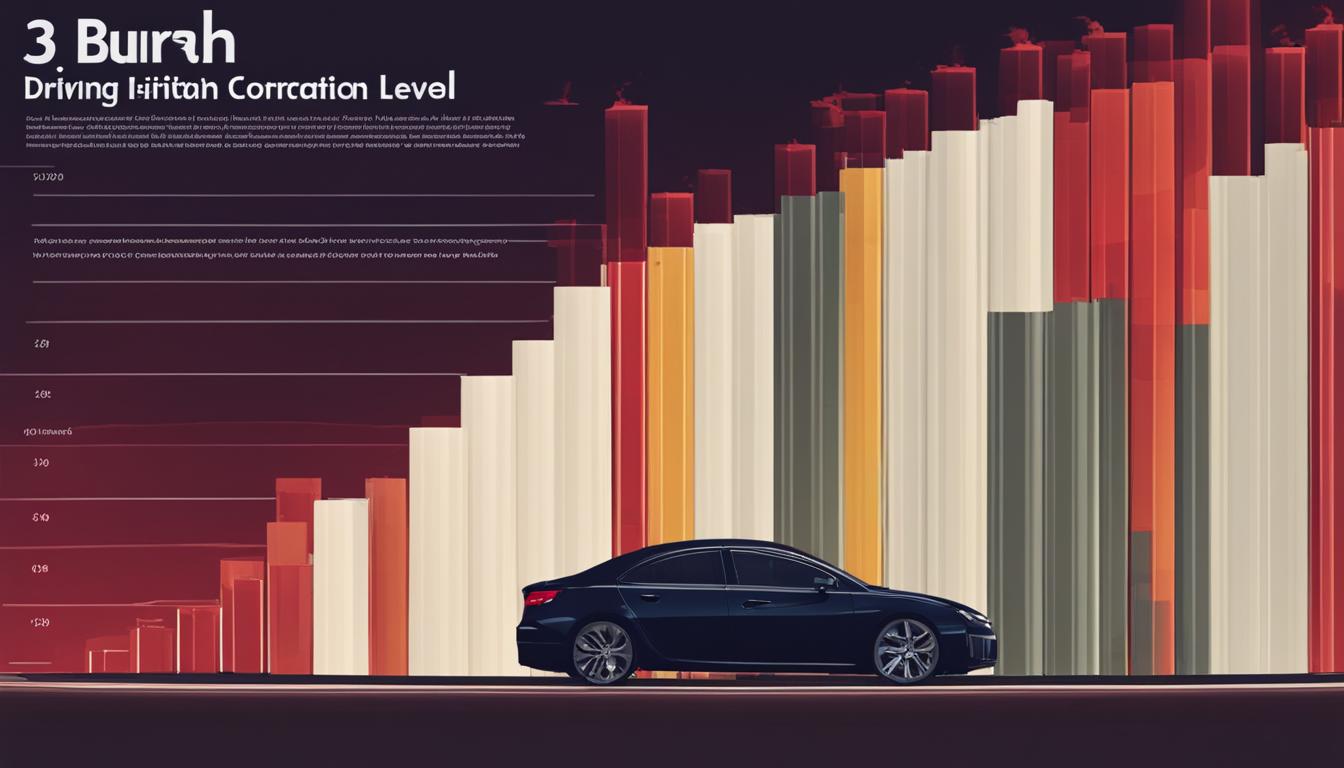




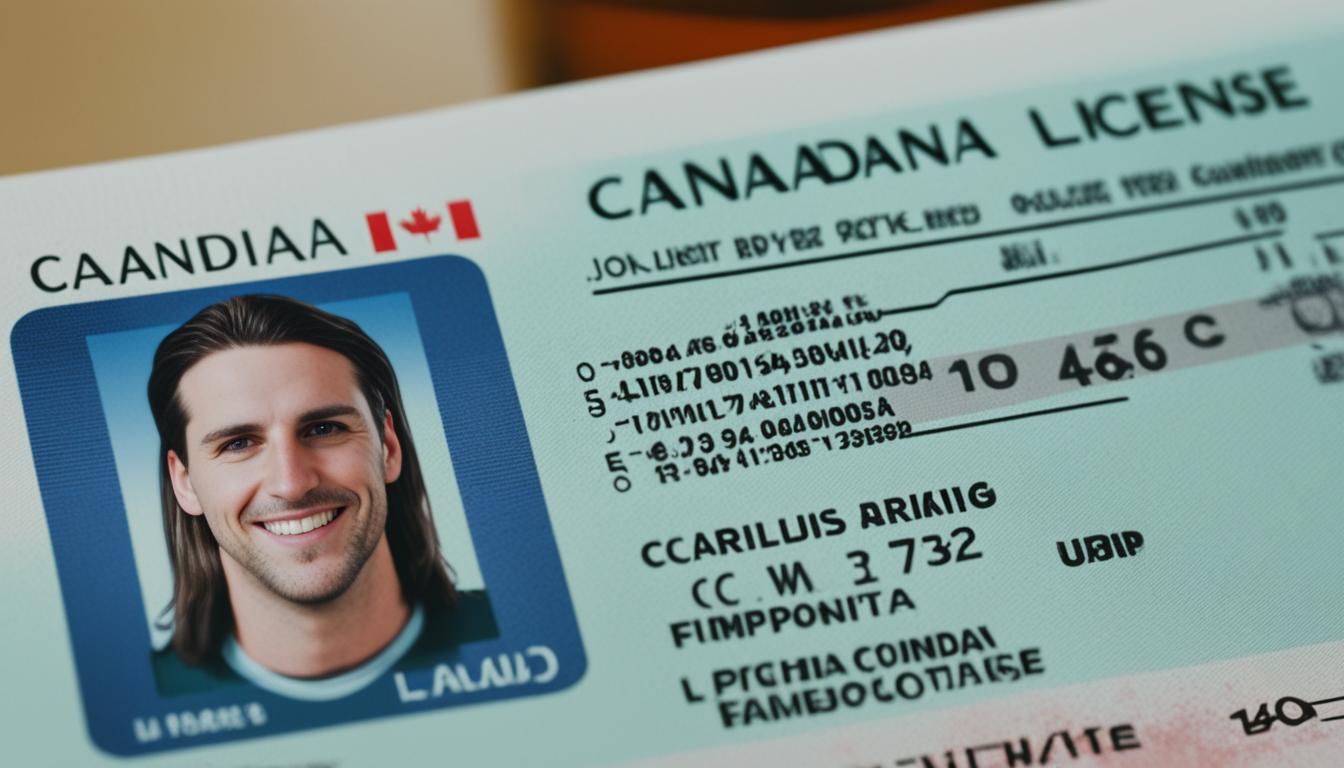
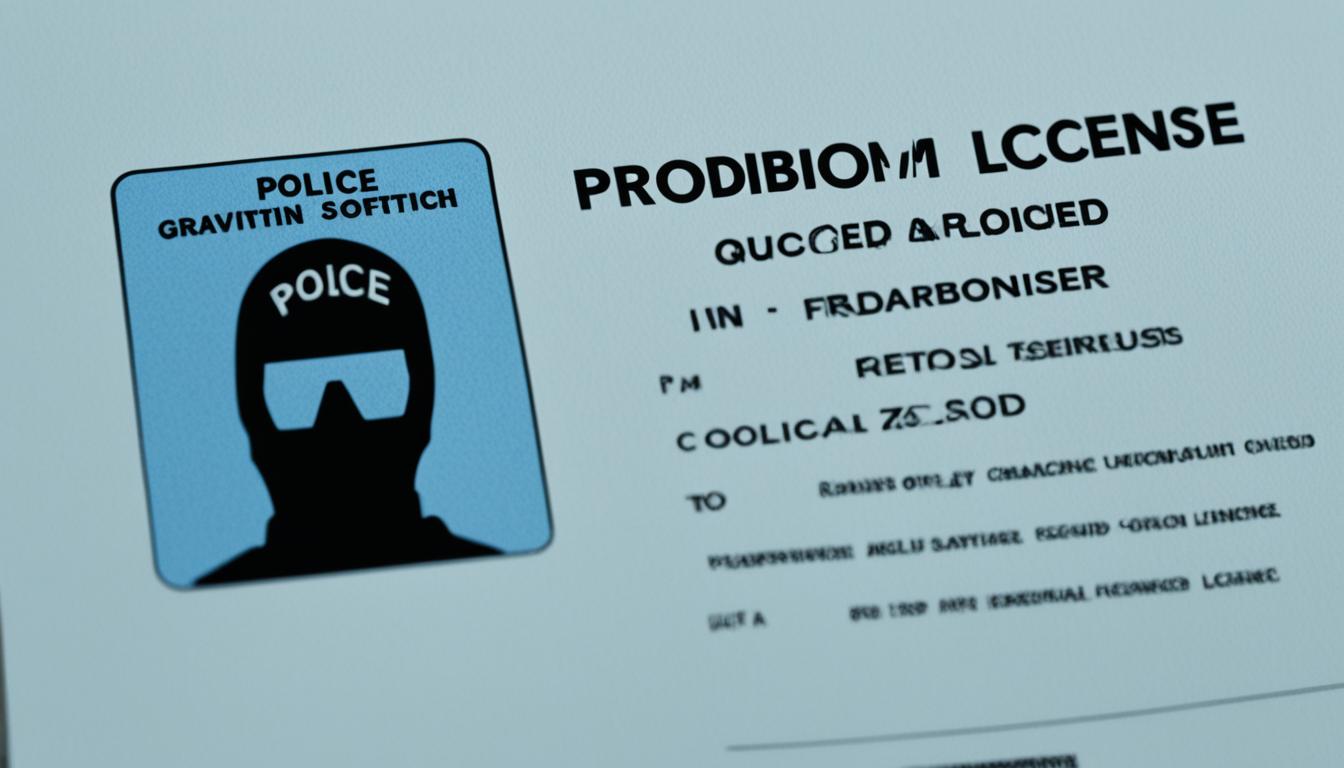


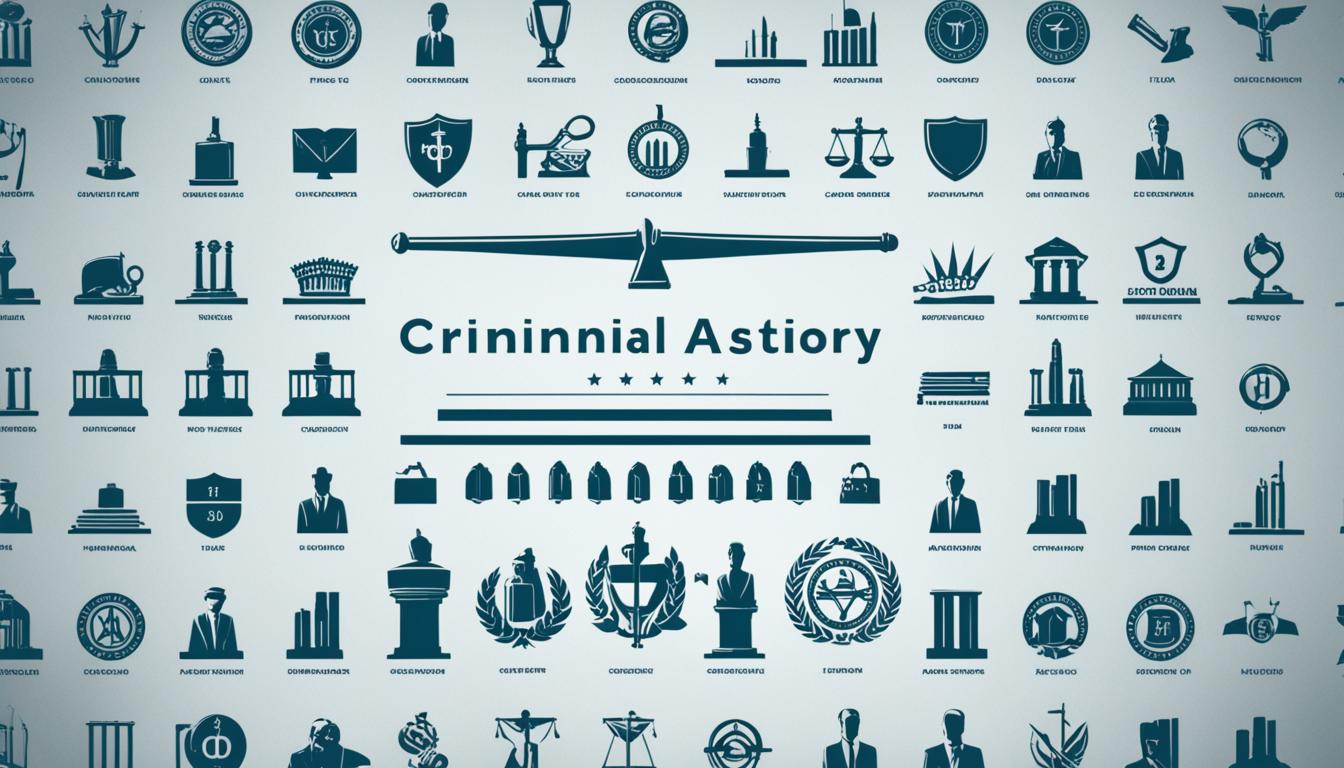










Post Comment